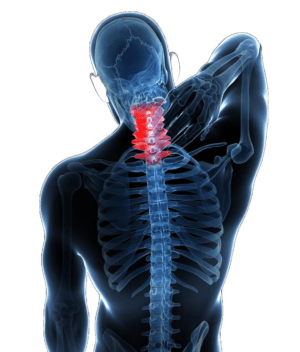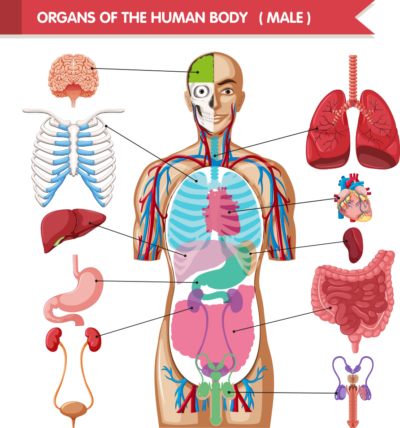Lingshu acupuncture therapy
According to the records of “Lingshu Classic Book”, which is the earliest acupuncture classic, we divide the treatment of acupuncture into three levels: Physical level (L1 type), Meridian level (L2 type) and Zang-fu organ level (L3 type). These three levels describe the different degree of the disease location and severity, and accordingly we separate our patients into three categories, L1 / L2 / L3, and apply appropriate treatments.
L1: Physical level treatment
The “Linshu classic book” divides the body of the human body into five physical levels, namely skin, muscle, veins, tendons, and bones, and corresponds to the five-element attributes: gold, earth, fire, wood, and water. These five levels of physical diseases should be treated with corresponding acupuncture methods according to the instructions in the classic.
The main manifestation of the physical level diseases is pain, numbness, and limited flexion and extension of the human physical layer (such as muscles, joints, spine, etc.). Generally speaking, the pain is more intense, and the change of posture can be alleviated, mostly caused by a sports injury, trauma, accidents or long-term improper posture, etc.
Acupuncture can be very powerful and unparalleled to help with such problems.
All ACC treatments belong to L1 category.
However, if the patient has a chronic illness or the body’s condition is in low energy level, the disease can move from the physical level into the meridian and even the organ level, and the treatment will become more difficult. At this time, it is necessary to seek treatment at the meridian or organs level.
L2: Meridian level treatment
The “Linshu Classic” believes that there are twelve meridians in the human body, in which there is invisible energy: Qi. Changes and imbalances in qi can cause various diseases in the body. These twelve meridians are composed of six meridians that follow in the hand and six in the foot. The adjustment of the meridians is mainly combined with pulse diagnosis and is completed by acupuncture at the five-shu points on the twelve meridians. The five-shu points represent the five elements of gold, wood, water, fire and earth.
Patients with meridian diseases correspond to the L2 category and are mainly treated with acupuncture combined with pulse diagnosis.
The adjustment of the meridian level belongs to the adjustment of intangible qi and belongs to the category of Shen(or energy or spirit). Its treatment range is very wide, which is helpful for the rehabilitation of many types of diseases, such as most internal diseases, pediatric and gynaecological diseases. The conditions that can be improved are widely involved. It is one of the most important categories of acupuncture treatment.
L3: Zang-fu organ level treatment
When the disease level changes from tangible to intangible, and then from meridians to Zang-fu organ, it generally means that the disease is more complicated, the treatment difficulty will be greatly increased, and the treatment time will be much more. The treatment of Zang-fu organ diseases needs to be based on the use of L2 therapy for meridian adjustment, and further add some specific treatment methods for Zang-fu organ, such as moxibustion and other acupuncture therapy. TCM’s understanding of organs is also based on the five elements, gold, wood, water, fire, and earth correspond to the five Zang-fu organs of lung, liver, kidney, heart, and spleen. The five Zang organs correspond to the five Fu organs of the large intestine, gallbladder, bladder, small intestine, and stomach. It is the different concept from Western medical understanding. The Zang-fu organs of traditional Chinese medicine does not correspond strictly to the anatomical organs of western medicine. Therefore, we cannot understand them in the Western medical way.
Patients with Zang-fu organ diseases correspond to L3 type and are mainly treated with acupuncture and moxibustion. Only a small number of patients will be involved in L3 treatment.




